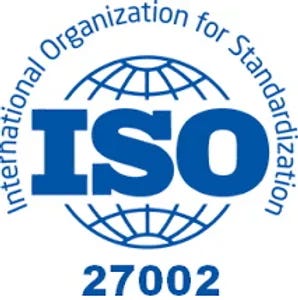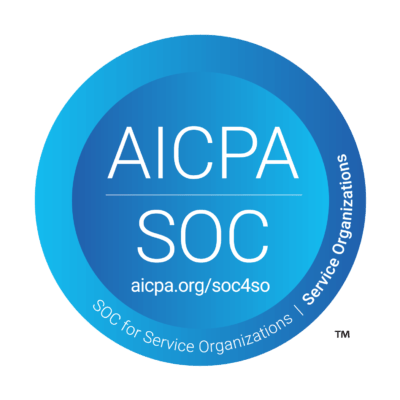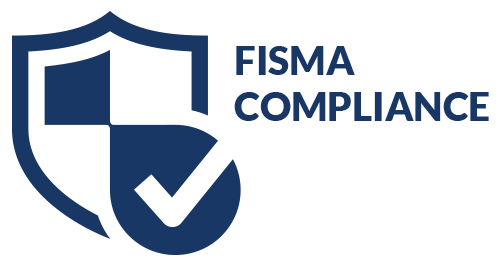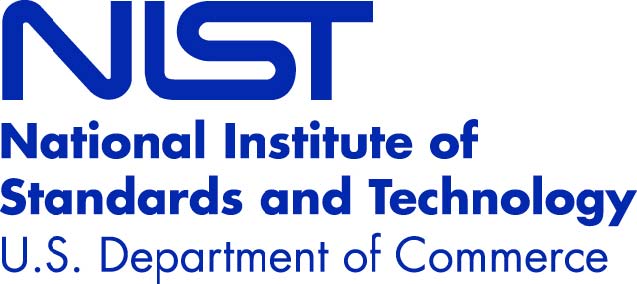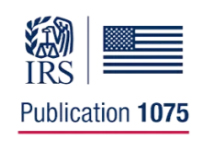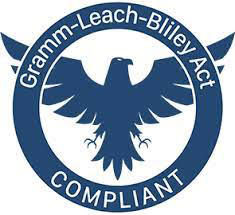Don’t rely on old methodologies.
We’ve seen so many changes in healthcare finance over the past decade, that most hospital CFOs confess to having battle fatigue. As if managing varying budgets, developing cost reduction initiatives, and developing and implementing financial processes to squeeze more juice out of the revenue cycle “turnip” weren’t enough, we also have to deal with accounts receivables in the new era of self-pay healthcare.
This article recognizes the changing times that have brought us new hospital patient financial groups. Hospitals can no longer rely on past statistics and methods for collecting what’s due. How can a CFO prepare for what’s next in revenue cycle management?
Debt Collections and Revenue Cycle Management, 2018 and Beyond
Over the years, sophisticated collection techniques that are also patient-centric, have worked to keep healthcare organizations revenue cycle’s functioning, but two big changes to debt collections process have hit hospitals hard, and they’re going to continue to disrupt the revenue cycle.
The first big change is the call for more pricing transparency, as a new wave of consumerism hits the healthcare sector. Will this big change in how we attract and retain customers also change how we price and bill patients? The answer is clearly in the affirmative, and this increased scrutiny will leave old debt collections and accounts receivables management best practices in the dust.
The second big change is the rise of self-pay, as patients opt (or are forced) to go with high-deductible health plans that allow them to take on more risk. We say “allow” with tongue in cheek; it’s clear that most consumers simply do not have the $5,000 or $10,000 lying around in savings if or when a need arises.
CNBC reported in March that 65% of Americans save “little to nothing” of their income, and that trend is only expected to worsen over the next few years. In the case of high-deductible insurance, one can assume that this will, again, leave hospitals holding the bag for consumer debt.
Where does that leave hospitals in their efforts to pursue debt collections?
Time to Outsource Debt Collections?
In this climate, new ways of approaching debt collections must be considered. We’re experiencing an entirely new financial class based on self-pay and newly insured consumers that are straining hospital accounts receivable management processes.
New workflows to accommodate these new financial classes must be created, using analytics and the power of big data to make informed decisions about bad debt collections. Creating smarter collaboration with professional debt collections firms like TSI will mean that hospitals have the power to leverage data analytic techniques that can help identify high-risk consumers and improve success rates for debt collections.
TSI has been the leading debt collections company for U.S. hospitals for decades. We’ve already shifted our approach to accommodate the new class of American patient and routinely leverage industry-leading analytics for healthcare organizations around the country. We use our proprietary analytics platform to design custom workflows in collaboration with our healthcare clients. Together, we form a partnership focused on patient retention and improved revenue cycle in the era of self-pay collections. Click here to learn more about healthcare debt collection.
